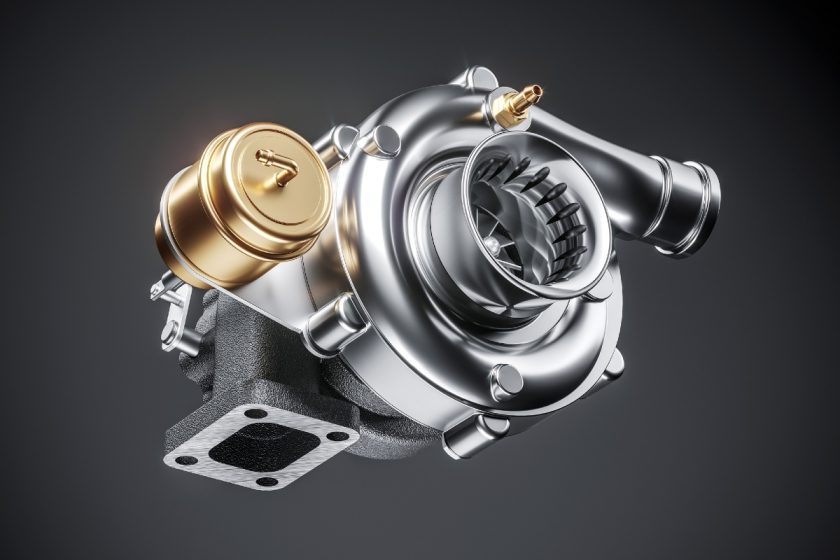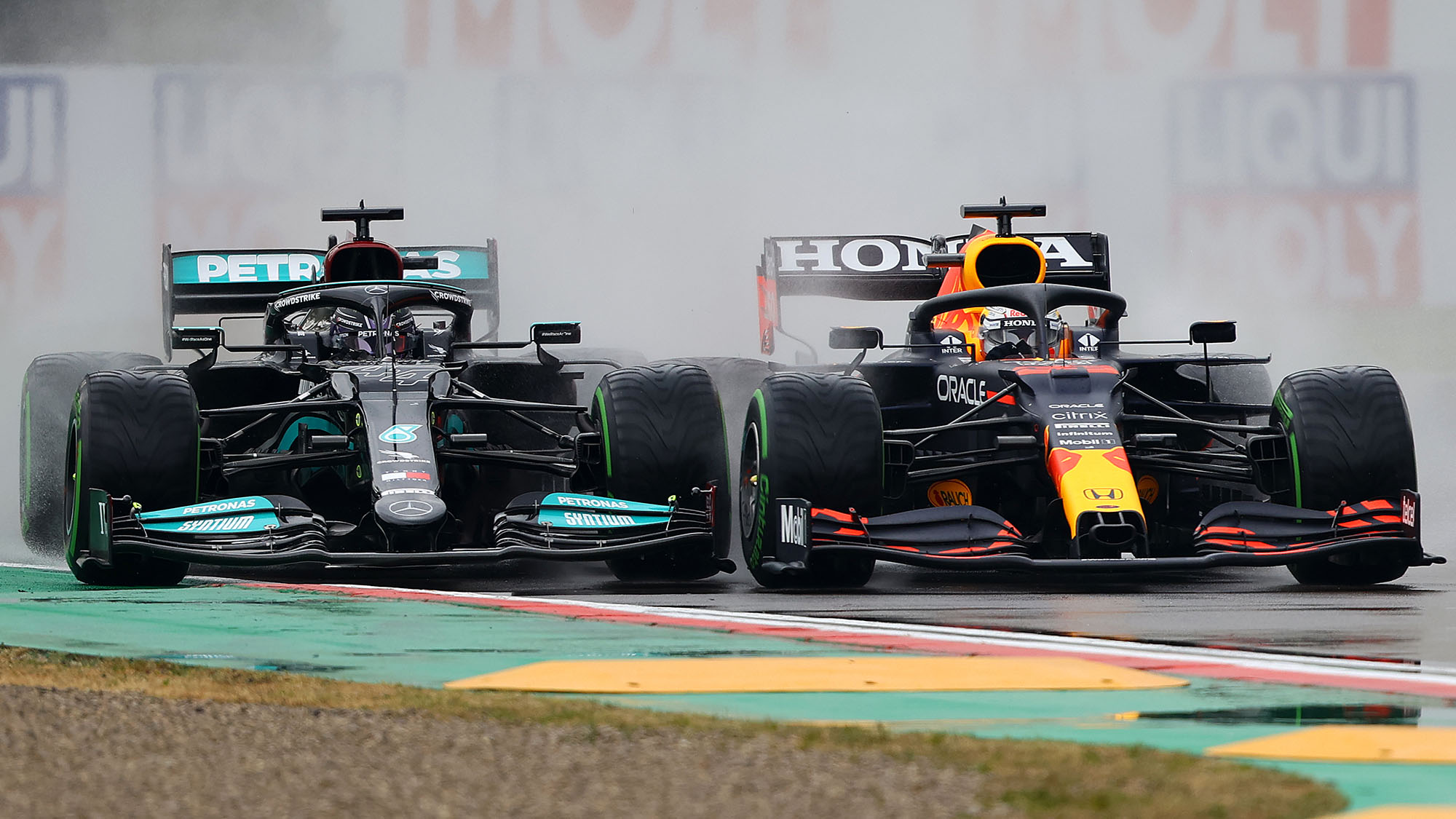There are two words that never fail to get gear heads revved up – “turbocharger” and “supercharger”. A passionate debate over which device is better has raged around automotive circles for decades.
There’s never really been a clear winner because both components are actually designed to do the same thing – add huge amounts of power to your engine.
https://www.0-60specs.com/wp-content/uploads/2020/08/turbocharger-supercharger-diagram.jpg
Turbochargers and superchargers have a surprisingly long history. In the late 19th Century, engineers such as Gottlieb Daimler began experimenting with forced induction.
This principle was a way of increasing an engine’s power output by channeling air into the engine to burn more fuel. The more fuel an engine can burn, the more powerful it becomes.
Superchargers began appearing on production cars in the 1920s, with automotive icons such as the 1929 “Blower” Bentley using superchargers to dramatically increase their power.
Turbochargers weren’t applied to production cars until 1962. However, turbochargers really began to hit their stride in the 1980s.
Thanks to stricter emission regulations introduced in America in 1977, car manufacturers had to find a way of getting more power from smaller, more fuel-efficient engines.
This is where turbochargers came into their own, kicking off a turbo craze that lasted decades.
In this article, we’ll delve into how turbochargers and superchargers work and the differences between them. We’ll take a look at how to apply them on both the street and the track before listing some of the pros and cons.
Finally, we’ll try and answer the age-old debate of which is better – turbochargers or superchargers.
Turbochargers
https://www.science-engineering.co.uk/wp-content/uploads/2021/01/turbocharger.jpg
When it comes to forced induction, an engine essentially needs some form of air compressor to funnel extra oxygen into the engine to burn more fuel. But that air has to come from somewhere, and turbocharging provides a clever and efficient way of getting it done.
Turbochargers are powered by a turbine that collects excess exhaust gases that would otherwise be pumped out into the atmosphere and wasted.
As these gases blow through the turbocharger, the turbine begins to spool up, forcing compressed air into the intake manifold of the engine. This produces extra power and that satisfying “whoosh” sound beloved by gear heads.
However, this isn’t instantaneous. It takes time for the exhaust gases to pass through the system before finally spinning the turbine. When you press the accelerator, you don’t receive extra power from the turbocharger straight away. This is known as “turbo lag”.
Turbochargers are also designed to work best in specific parts of a vehicle’s rpm range. The turbine in a turbocharger can only be moved once the flow of exhaust gases has reached a certain level, such as between 3000 and 5000 rpm.
This means that the turbocharger isn’t working from 1000 to 3000 rpm, for example.
Turbocharger For Street Use
Despite these handicaps, turbochargers have become extremely popular in modern cars. Turbochargers allow engineers to design smaller engines that can still rival larger ones for power output thanks to the turbo.
In turn, this allows for better fuel efficiency and economy without sacrificing performance.
Most manufacturers are now using turbochargers across their lineup, from small family cars to executive saloons. By using turbochargers like this, manufacturers can meet increasingly stringent emissions regulations without losing power and performance.
Turbocharger For Track Use
https://cdn.motorsportmagazine.com/wp-content/uploads/2021/08/06113859/2021-Imola-Hamilton-v-Verstappen.jpg
Turbochargers aren’t just used to make an engine more fuel-efficient. They can also produce some whopping power outputs out on the track. Adding a turbocharger is an easy way of coaxing more power from an engine without having to swap it out for a larger powerplant.
Turbochargers are being used more and more in high-end sports and supercars to deliver high rpm range power. They’re used in motorsport as well, with the current generation of Formula One cars using turbocharged hybrid 1.6-liter V6 engines.
How Much Power Does A Turbocharger Add?
While the exact amount of power added to a vehicle by a turbocharger can vary depending on the engine size and various tuning settings, it’s widely accepted that a turbo can add between 30 and 40% more horsepower.
For most cars, this creates an extra power output ranging from 70 to 150 bhp. Not bad for a relatively small component, which is why turbochargers are becoming increasingly popular with carmakers.
Turbocharger Pros And Cons
Pros:
- Increases power output
- Better efficiency due to reusing waste exhaust gases
- Better fuel economy without losing performance
- Ideal for smaller engines
- Satisfying “whoosh” sound
Cons:
- Suffers from “turbo lag”
- Sudden extra power when not expected can cause instability
- Limited to certain rpm ranges
- Require engine oil, contributing to higher temperatures
Superchargers
https://www.kraftwerk-shop.cc/WebRoot/Store21/Shops/62289059/5DF6/24D0/BC82/76C6/30CD/0A0C/6D0F/D6FD/Whipple_Kompressorkit_RAM_5.7.jpg
Like turbochargers, superchargers are essentially air compressors, blasting extra air into the engine to allow it to burn more fuel. But while the principle is the same, they work quite differently.
Superchargers are mechanically powered by the engine’s crankshaft, with the supercharger block attached to the engine via a belt or a pulley. When the engine is running, so is the supercharger.
This creates a clear advantage over turbochargers – superchargers don’t suffer from “turbo lag” when you floor the gas pedal. Instead, the extra power produced by the supercharger is available instantly.
As compressed air is forced out of the supercharger, the device emits a distinctive whine.
Superchargers also have quite a smooth, linear power delivery. This gives them another advantage over turbochargers, which tend to kick in suddenly with occasionally alarming results.
Superchargers are much more predictable and manageable in how they deliver extra power.
Thanks to their instant response, superchargers can also create more power through the rpm range than a turbocharger. Most superchargers have the greatest effect at low and mid-range rpm levels, contributing to their smooth delivery.
But this responsiveness and smoothness comes at a cost. Because superchargers are attached to the engine, they require some of the engine’s power to run. Although this power loss is minimal when compared to the extra power gained through the supercharger, it’s not as environmentally efficient as a turbocharger.
Supercharger For Street Use
Superchargers are usually associated with bruising muscle cars. This is because the main goal of a supercharger is to create as much raw power and acceleration as possible in an instant.
Because most street vehicles don’t necessarily need these qualities, superchargers tend to be confined to sports cars and supercars.
Superchargers are also much larger and more complex components than turbochargers, which means that they aren’t particularly suited to smaller engine bays.
Because a supercharger also siphons off power from the engine, vehicles with lower power outputs simply can’t generate enough energy to power the supercharger and still get a good return.
Supercharger For Track Use
https://www.legendaryspeed.com/wp-content/uploads/2015/11/6-second-chevrolet-stingray-is-a-supercharged-drag-racing-monster.jpg
It’s the racetrack where superchargers feel most at home. Their instant power delivery and potent acceleration make superchargers ideal for racing, especially on the drag strip.
Turbochargers simply take too long to generate a power boost, losing valuable time over a ¼ or ½ mile charge.
How Much Power Does A Supercharger Add?
The exact amount of extra power that a supercharger adds to a vehicle’s power output can vary depending on the original power figures of the car. Other factors can also affect the exact amount, such as the condition of the car.
Normally, a supercharger can add between 30 and 50% of the car’s standard power output. So if you have a 300 bhp engine, a supercharger should boost that to somewhere between 390 and 450 bhp.
Supercharger Pros And Cons
Pros:
- Drastically increases horsepower
- Works across a larger rpm range than a turbocharger
- No “turbo lag”
Cons:
- Not as efficient as turbochargers
- Can cause reliability issues unless other systems are upgraded
- Not ideal for smaller engines
What’s Best For You?
So, which is best for you? Turbochargers or superchargers? Well, the answer to that depends on exactly what you want as a driver. Although turbochargers and superchargers are both designed to boost the power of an engine through forced induction, they do this in very different ways.
Turbochargers trade initial responsiveness for increased efficiency and fuel economy. Some drivers find turbo lag too annoying to justify installing a turbocharger. Once the gas pedal is pressed, the system needs to wait until exhaust gases pass through the turbine before the turbo can deliver more power.
Superchargers have a more instant response when the driver presses the throttle and can generate extra power through more of the rpm range than a turbocharger. But they need to steal some power from the engine itself to compress incoming air, so superchargers typically need larger engines to accommodate this.
Whether you choose a turbocharger and a supercharger also depends on the kind of vehicle that you’re driving. Turbochargers have the best impact on cars with smaller engines, allowing them to achieve better energy efficiency and fuel economy without losing out in terms of power.
Superchargers work best with larger engines that can handle losing a small amount of power to run the supercharger. This is ideal for drag racers and other high-performance cars that need as much horsepower as possible.
For most everyday drivers, turbochargers are the best bet. But if you have a powerful muscle car and you want some extra grunt, nothing beats a supercharger.
Disclosure: As an Amazon Associate, I earn from qualifying purchases made through links on this website.





